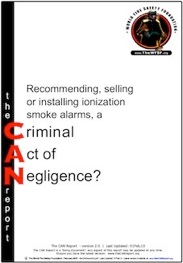




Download
Here > > >


iPad controls































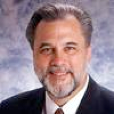



“The corruption that occurred
within the United States ...
that’s been exported.

What they (UL) have done is
fraudulent, dishonest, corrupt.”
R M Patton, Fire Protection Engineer
Sacramento, CA, USA
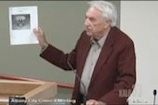

Richard M Patton
Fire Protection Engineer, chairman,
world’s first fire detection code

Patton Testifying Against UL
at City of Albany Hearing
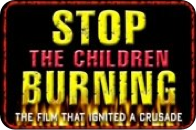
Trailer: 60 seconds

The people and organisations that regulate, legislate, manufacture, and promote fire safety products have a special social contract with implicit responsibilities towards others in society and as such they are required to adhere to a standard of reasonable care because their acts could cause harm to others; and none more so than the standards, regulatory, and fire safety organisations.
. . . it can reasonably be argued that for some organisations, such as those that regulate and enforce the installation of smoke alarms in homes, that failing to warn the public about ionization smoke alarms, is more than just a failure to act with a reasonable Duty of Care - it could be deemed a Criminal Act of Negligence (see The CAN Report). The failure to act has far-reaching implications not just for the organisation as a whole, but also for the individuals within an organisation.
Karl Westwell

The CAN Report
Sent to UL by by registered (certified) mail, Feb, 2007
Karl Westwell, CEO, Co-Founder, The World Fire Safety Foundation
Tauranga, New Zealand August 2009
“
”


-
a.By modifying the smoldering fire test in UL Standard 217 to eliminate materials that
presented foreseeable challenges to ionization smoke alarms. . . .
c. By failing to formulate and implement safety standards for ionization smoke alarms that
require ionization smoke alarms to detect slow smoldering fires in a timely manner . . .”
“Defendant UL was negligent or wanton
in one or more of the following respects:”
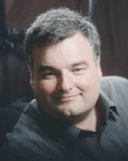

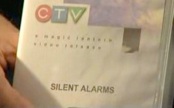
Silent Alarms









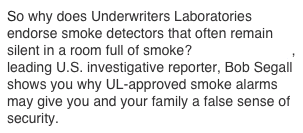

Bob Segall, Investigative Reporter


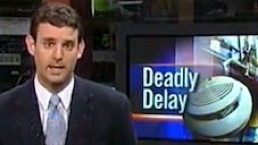



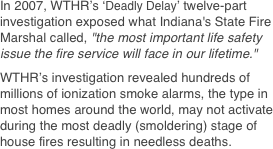

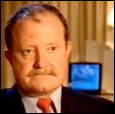
An ionization smoke alarm that is 'certified' by a testing laboratory (eg, Underwriters Laboratories (UL) British Standards or Standards Australia) affords no protection to any person who BOTH has power to swap these alarms for photoelectrics AND who is aware that Ionization alarms are not fit for purpose. Note: In the Mercer v Pittway case (May, 1998) the Defendants were afforded no protection merely because the ionization alarms were compliant with UL217, America's current smoke alarm standard.
Once a landlord, building owner, real estate agent, fire official etc, becomes aware of the fact that ionization alarms are proven not fit for purpose (as evidenced by the amended Australian Standard, AS3786, in acknowledgement of flawed testing) then 'prior knowledge' exists together with a duty of care to inform all home owners/tenants that their existing ionization alarms are dangerously deficient. Failure to warn in these conditions may render the official liable for prosecution in the event of death, injury or loss of property.


(c) Copyright 2012 The World Fire Safety Foundation | Last Updated: 08 February, 2012 | Privacy Policy | Disclaimer | Search WFSF site
For errors on, or suggestions for this ‘ulsued’ webpage, contact the WFSF WebMaster | Supporters | About | Media

